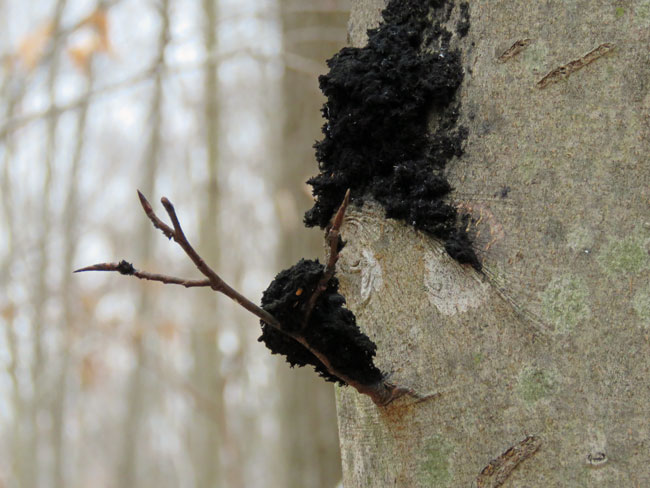
It was a rare day with calm winds so, even though it was cloudy, we went to walk along a tidal marsh by the sea. The first thing to catch my eye was a gorgeous little oak tree, still hanging on to its leaves. Then I spotted a pair of hooded mergansers in the distance, so these pictures are heavily cropped. The female kept diving for food but the male seemed to be resting.



A tidal creek runs through the marsh.


A solitary herring gull was floating around aimlessly, slowly drifting in my direction. Wondering where all the others have gone. They always seem willing to pose for me.

Somewhat disappointed by the lack of bird sightings we were on our way back to the car when I spotted a great blue heron on the other side of the marsh. Just as I got into a good position to photograph him, he took off! Frustrating… But, lucky for me he was just headed for a spot even closer to me and the other birds. Yay!





I’ve been getting pictures of great blue herons for a few years now and this was the first time I’ve had one facing the camera. I had never noticed that pretty pattern running down the front of its neck before! It’s not even illustrated in my field guide. So I’m very excited about my new “discovery.”






























































































